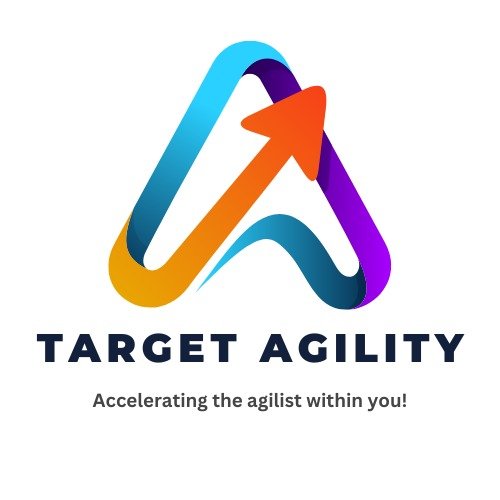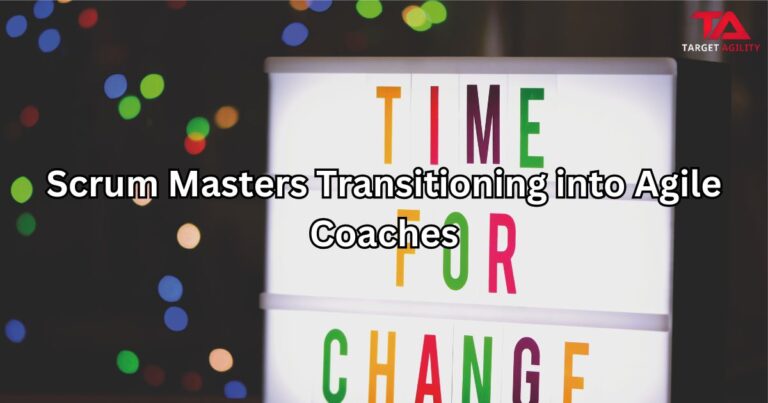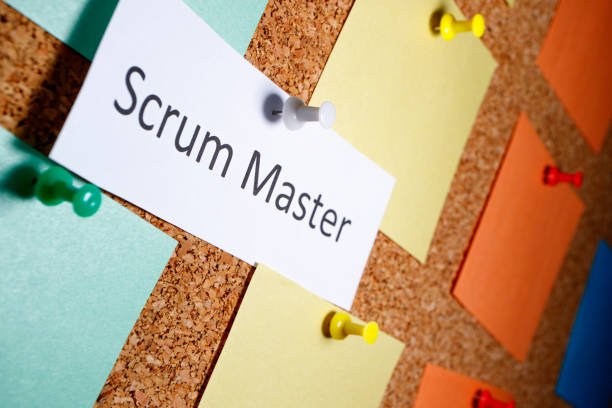The role of Scrum Masters is evolving. They are no longer just responsible for managing Scrum events and team workflows. Instead, they are taking on broader responsibilities, becoming Agile Coaches who help entire organizations embrace Agile principles. This shift is happening because businesses need Agile thinking not just in development teams but across leadership and different departments. As a result, the demand for Agile Coaches is increasing, making it a great opportunity for Scrum Masters to expand their influence.
Understanding the Role of a Scrum Master
Scrum Masters have traditionally worked with teams to implement Scrum effectively, facilitating sprint planning, daily stand-ups, sprint reviews, and retrospectives. Their main job is to remove obstacles and improve teamwork. However, as Agile adoption grows, organizations need a more strategic approach, which is where Agile Coaches come in.
The Shift from Scrum Master to Agile Coach
Agile Coaches operate on a larger scale. While Scrum Masters focus on individual teams, Agile Coaches work across an entire organization, helping leadership and different departments adopt Agile ways of working. This shift is not just about managing multiple teams but about fostering a cultural change within the company.
Key Differences Between a Scrum Master and an Agile Coach
- Level of Influence
- Scrum Masters guide one or more Scrum teams.
- Agile Coaches work with leadership, stakeholders, and multiple teams.
- Responsibilities
- Scrum Masters ensure teams follow Scrum and improve collaboration.
- Agile Coaches develop company-wide Agile strategies and mentor leaders.
- Facilitation vs. Coaching
- Scrum Masters support teams in applying Agile principles.
- Agile Coaches drive long-term Agile transformations and mindset shifts.
Why Businesses Need Agile Coaches
As organizations grow, Agile adoption must go beyond individual teams. Agile Coaches help:
- Connect teams with business leadership.
- Educate leaders and stakeholders about Agile principles.
- Scale Agile using frameworks like SAFe and LeSS.
- Build a culture of continuous learning and adaptation.
How to Transition from Scrum Master to Agile Coach
If you’re a Scrum Master looking to become an Agile Coach, here are some key steps to take:
- Expand Agile Knowledge
- Learn beyond Scrum—explore Kanban, SAFe, LeSS, and Lean frameworks.
- Stay updated by getting certifications like ICP-ACC, SAFe Program Consultant, or Certified Enterprise Coach.
- Develop Coaching and Mentoring Skills
- Shift from guiding teams to coaching individuals and leadership.
- Improve your active listening and questioning techniques to guide change.
- Learn Organizational Change Management
- Understand how Agile works outside IT.
- Master change management strategies to support Agile transformation.
- Build Leadership and Stakeholder Engagement Skills
- Work closely with executives and managers.
- Act as a bridge between teams and the larger organization.
- Promote Continuous Improvement
- Encourage teams to experiment and learn from failures.
- Foster an environment of trust and innovation.
The Future of Agile Coaching
As Agile expands beyond software development into areas like marketing, finance, and HR, the role of Agile Coaches will continue to grow. Companies need Agile Coaches to guide them through this transformation, embedding Agile principles into their culture. This creates an exciting career path for Scrum Masters who want to expand their influence.
Conclusion
The role of Scrum Masters is changing, and Agile Coaching is the next step. Companies need Agile leadership at all levels, making this transition an excellent opportunity. By developing the right skills, Scrum Masters can take on a more strategic role and help organizations fully embrace Agile. Becoming an Agile Coach means not just helping teams follow Agile, but helping businesses truly live it.













